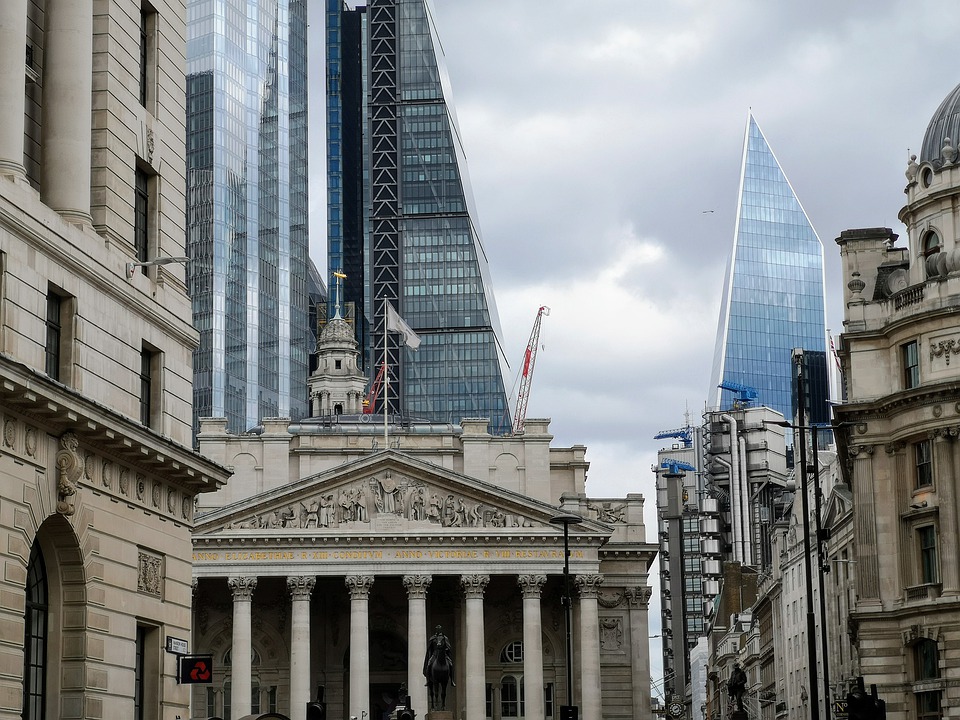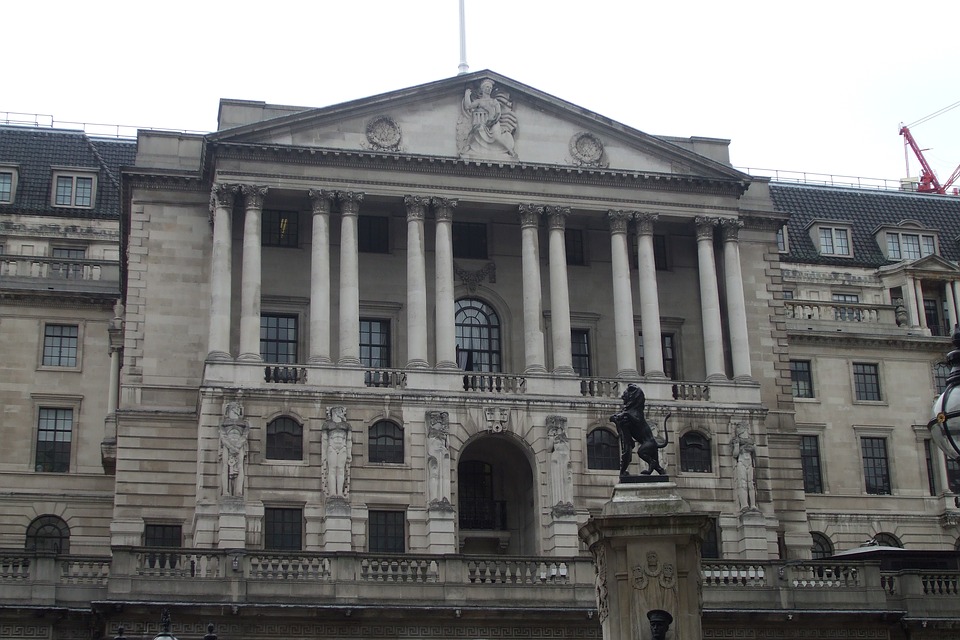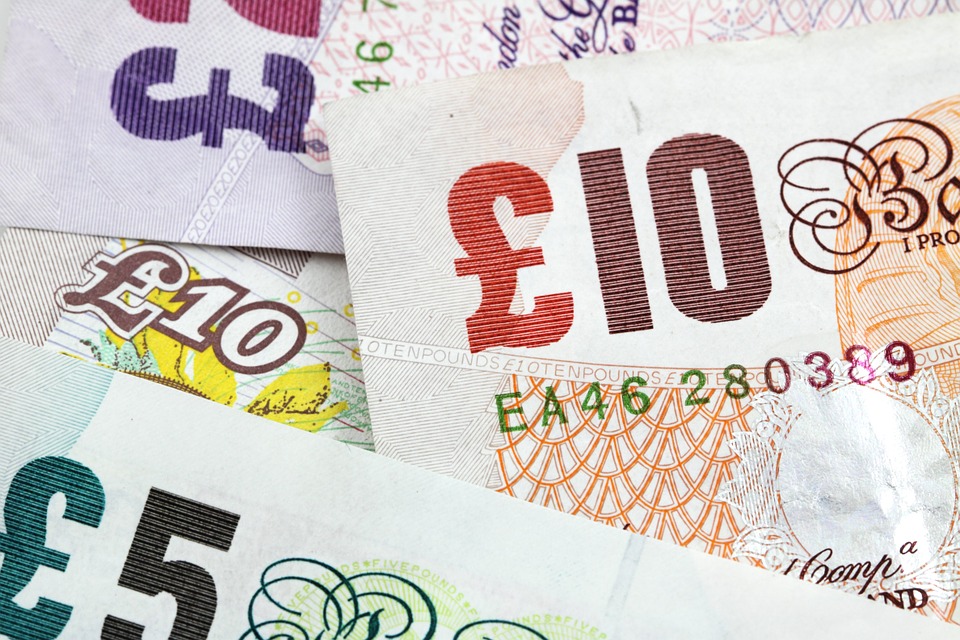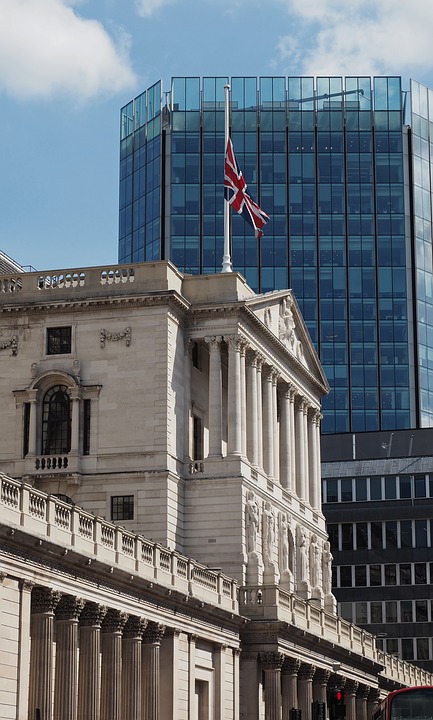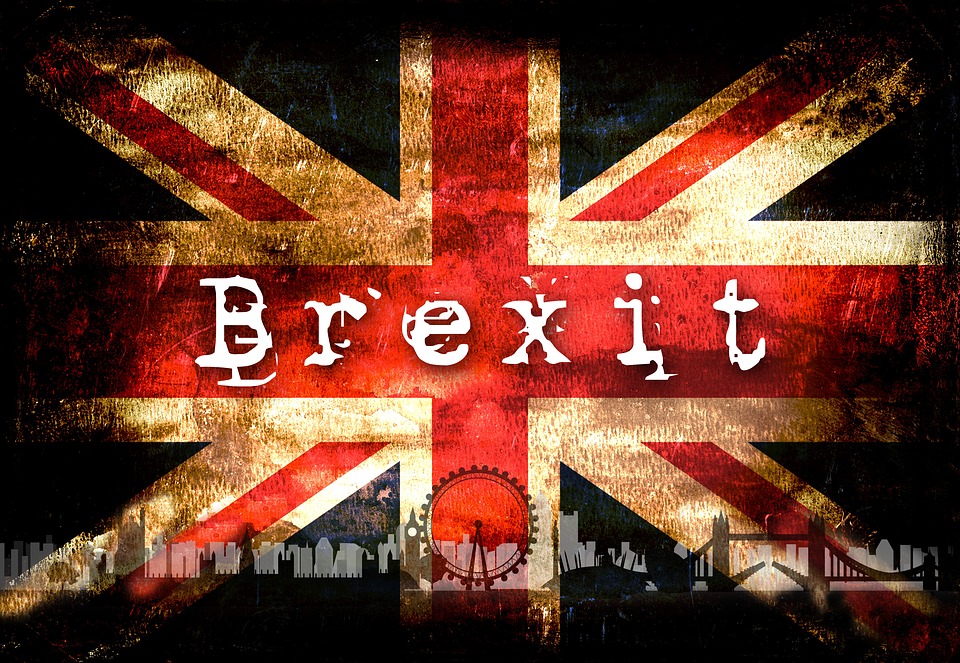Despite some dovish-sounding language from Bank of England officials over recent days, we think it’s still too early to be pencilling in rate cuts. We take a look at what all of this means for the pound and UK rates.
Don’t over-interpret Governor Carney’s comments
Amid a temporary lull in Brexit turbulence, the Bank of England story is once again drawing the attention of investors.
The pound slipped on Thursday after BoE Governor Mark Carney signalled the MPC was debating the merits of near-term easing. Another MPC member Silvana Tenreyro indicated on Friday that she could join the rate cut camp if uncertainty persists.
For now though, we don’t think the Bank’s position has shifted significantly.
The fact that policymakers are considering easing is not a new revelation, after all two MPC members voted for immediate rate cuts at the past couple of meetings.
Admittedly, the Governor’s comments were perhaps the most candid so far on the possible need for easing. But then again, he noted that the combination of better Brexit and trade war newsflow has seen some modest optimism creep back into the outlook.
Carney also used the speech to push back on the idea that the Bank is out of ammunition. His assertion that there is roughly 250 basis points of easing space available can perhaps be debated. In particular, we’d argue that forward guidance may not add much to this “armoury” when markets aren’t pricing imminent tightening.
But the implied message is that the Bank doesn’t need to be so worried about having to act pre-emptively.
The jobs market holds the key to any policy easing
All of this suggests the core BoE position is still to ‘wait-and-see’ and stay data-dependent. And at a time of fairly high volatility in the growth numbers, we think the Bank will be keeping a close eye on the jobs figures.
Hiring indicators deteriorated over the latter stages of 2019. Vacancies have fallen consistently, while MPC member Tenreyro pointed towards a slowdown in job-to-job flows – another typical sign of slack.
But since the election, the Bank’s own Decision Maker survey provides tentative evidence that Brexit has become less of a concern among firms. The latest Markit/REC employment also points to the first rise in permanent staff appointments in a year.
Of course the Brexit saga is far from over, and there are plenty of question marks surrounding the UK government’s ambition to agree a free-trade deal this year.
That suggests a rate cut can’t be completely ruled out. But for the time being, we think the Bank will hold off on easing, barring a more significant deterioration in the state of the jobs market.
GBP: How much is an independent BoE easing cycle worth?
In a world of low interest rates, it is no surprise to read analysis of rate differentials having lost their explanatory powers for exchange rates. That is why GBP volatility on the back of recent BoE policy comments has proved a breath of fresh air for the GBP market.
Below we highlight the relationship between US and UK interest rate differentials and GBP/USD. We choose to look at the differentials between the one-year OIS swap rates, priced one, two and three years’ forward. The 1Y1Y differential naturally is the first to react to any kind of change in relative BoE-Fed policy settings.
The chart shows a decent relationship between the differentials and GBP/USD before Brexit and immediately post Brexit, as investors assessed the economic damage Brexit would cause. From 2018 onwards, however, that relationship has dramatically broken down as the market played ping-pong with the notion of a ‘no deal’ Brexit.
Notably, those differentials have been stuck in incredibly tight ranges since last summer, as the market had already priced in the Fed easing cycle, and the BoE remained in a Brexit moratorium. An independent BoE easing cycle would seem unlikely, and is not our call right now, but if the UK jobs data dramatically disappoints – 1Y1Y GBP OIS rates could at most fall 50 basis points.
As noted above, the relationship between rate differentials is quite weak, but we estimate that a BoE-prompted 50 basis point widening in the 1Y1Y rate differential might knock 180 pips off cable. Were rate differentials to regain their pre-Brexit powers – e.g. returning to the relationship that existed in the first half of 2016 – then that 50bp widening in differentials on an independent BoE easing story would knock 720 pips off cable – according to our estimates.
GBP rates: How low would they go?
Starting at the front-end, one of the clear takeaways of Carney’s speech is the very limited appetite for negative interest rates. These comments are not a surprise but reinforce the view that the Effective Lower Bound (ELB) is located somewhere just over 0%. We put that figure around five basis points which would ensure that Sonia remains in positive territory (Sonia has traded on average four basis points below the BOE Bank Rate over the past five years).
Another tool that Carney highlighted, as mentioned above, is the use of forward guidance to more clearly signal the path of base rates over the years. This should help to peg forward interest rates to the ELB for as long as the BOE can be credibly expected to forecast economic conditions. In a context fraught with political uncertainty relating to Brexit and the future relationship with the European Union, this might not be very long. We nonetheless feel comfortable with the assumption that the expected path for base interest rates for the next two years can be effectively controlled by the BOE. This implies a ‘floor’ for 1F1Y Sonia swaps also being just above 0%, from 59bp currently). In reality, the likelihood of touching that level is reduced by the risk premia that is contained in forward swaps.
Having established that 1Y1Y Sonia swap rates could approach that level, the next pressing question is whether this level can be sustained. This brings us back to the question of the credibility of any commitment to keep interest rates at the ELB for an extended period of time. Whilst the risk of a near-term no deal Brexit has been averted, failure to agree a trade deal with the EU by the end of the year is a significant risk for the economy and for the currency. Markets might question the BOE’s ability to keep interest rates this low in the face of sterling weakness.
Rates differentials: not as much downside as dollar rates
The implication for rate differentials with the dollar is much greater scope for the Fed to ease via the path of policy rates channel. For comparison, USD 1F1Y OIS is currently around 1.3% and has traded as low as 0.15%. One can debate the relative likelihood of UK and US economies requiring monetary easing but, from the point of view of the rates differential, there is clearly more downside to dollar rates.
Going one step further, we would also argue that unlike the US, the UK is a small, open economy and the currency is free to reflect any deterioration in the economic outlook. To an extent, this precludes the need for BoE easing and would make, in investors’ minds, the Fed more likely to ease than the BoE faced with a comparable shock to the domestic economy. The dollar’s reserve status, and its attractiveness as a safe-haven could in theory produce the opposite effect on the US economy. In a global downturn, it may well be that dollar rates markets price more aggressive Fed easing in response to the tightening of financial conditions brought by dollar strength.
Source: think.ing

